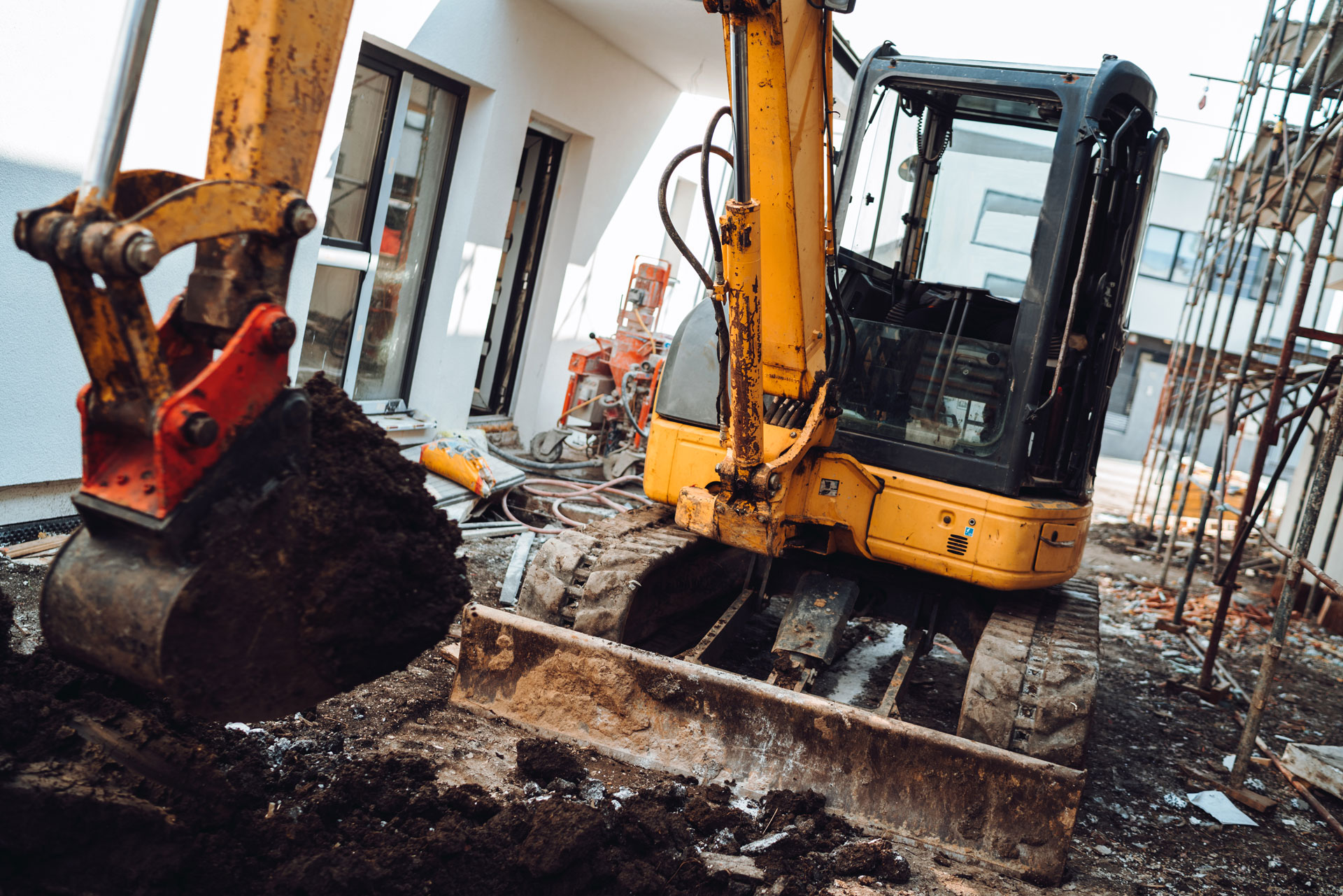
When excavating, for example to increase the ceiling height on your garden level, or to create a crawl space, it’s not enough simply to dig and pour a new floor…
In fact, the foundations of your detached house may be loosened as a result of this work. They then need to be anchored at a lower level, and deepened, in order to rebuild the foundations of your home. Rather than breaking them up and rebuilding them, it is usually preferable to repair the foundations underneath.
But you can’t tackle all your foundations at the same time, or risk your house cracking. When you underpin your foundations, i.e. excavate the earth beneath them without taking any precautions, the foundations are no longer supported, and this can lead to damage.
One method of underpinning: “alternate sections”
The method most commonly used for counteracting this problem is known as “alternate sections”. This consists of excavating the earth and shoring up the foundation with concrete over a distance of only one metre at a time. In this way, the weight of the house continues to be fully supported on both sides of the opening. This work is repeated simultaneously 2 or 3 metres further on, depending on ground conditions. During this first round, a quarter to a third of your foundations are underpinned. The entire foundation is completed in 3 or 4 passes.
This is also commonly referred to as “hit and miss methodology”, to ensure adequate support is maintained at all times.
Discover our expertise in structural work.
